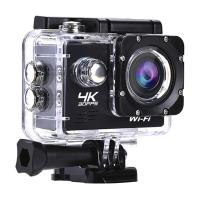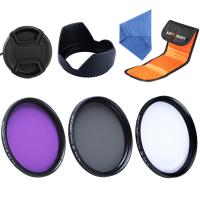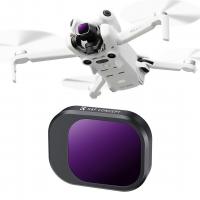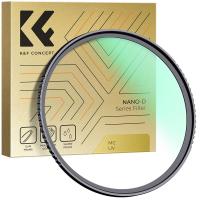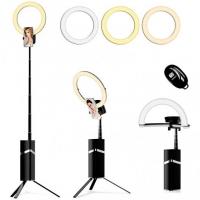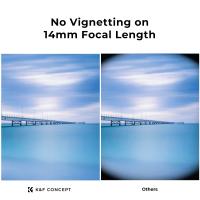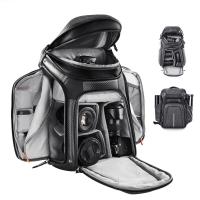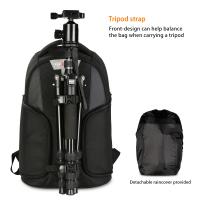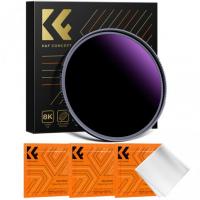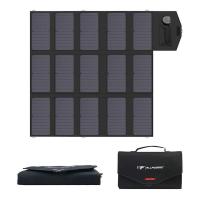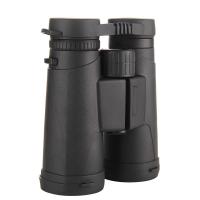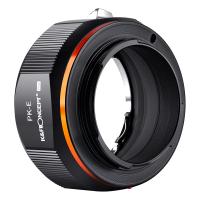What Does A Protection Filter Do?
In the realm of photography and videography, the term "protection filter" often surfaces, especially among those who are keen on preserving the integrity of their camera lenses. A protection filter, also known as a UV filter or clear filter, is a transparent piece of glass or optical material that is attached to the front of a camera lens. Its primary purpose is to shield the lens from physical damage, dust, moisture, and other environmental factors that could potentially harm the lens surface. In this article, we will delve into the various aspects of protection filters, their benefits, and whether they are a necessary addition to your photography gear.
Understanding Protection Filters
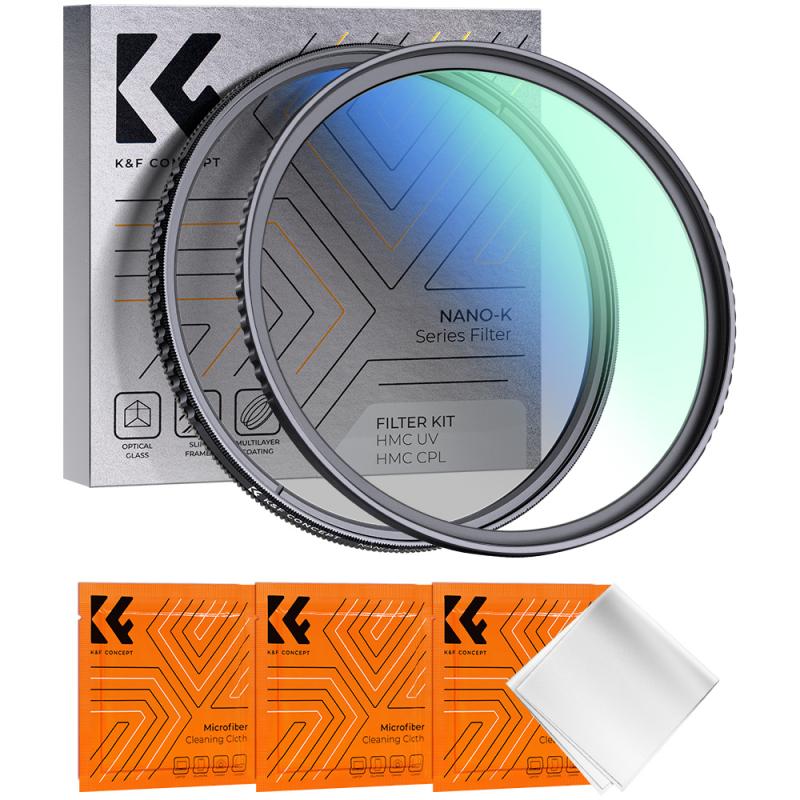
A protection filter is essentially a barrier that stands between your camera lens and the outside world. It is designed to be optically neutral, meaning it should not affect the quality of the images you capture. The most common types of protection filters are UV filters and clear filters. UV filters were originally used to block ultraviolet light, which could cause haziness or a blue cast in film photography. However, with the advent of digital cameras, this function has become less critical, and UV filters are now primarily used for lens protection.
Benefits of Using a Protection Filter
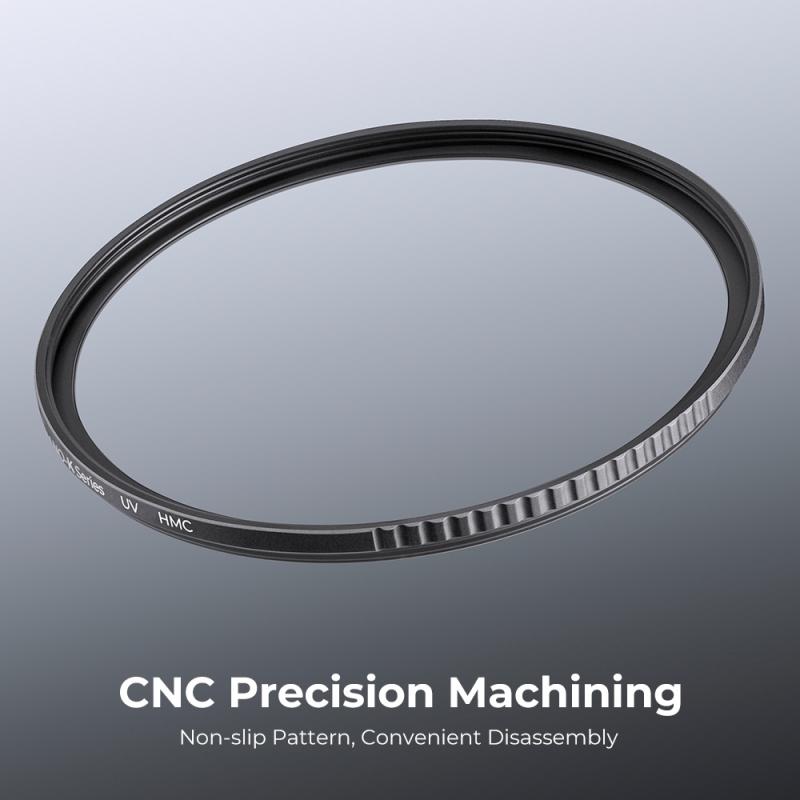
1. Physical Protection: The most obvious benefit of a protection filter is that it provides a physical shield for your lens. Lenses are expensive and delicate pieces of equipment. A scratch, crack, or even a smudge on the lens can significantly impact image quality. A protection filter can take the brunt of any accidental knocks, scratches, or drops, potentially saving you from costly repairs or replacements.
2. Environmental Shield: Protection filters can also guard against dust, dirt, and moisture. When shooting in challenging environments, such as sandy beaches, dusty trails, or humid rainforests, a protection filter can prevent these elements from settling on your lens. This not only keeps your lens clean but also reduces the risk of long-term damage caused by these particles.
3. Ease of Cleaning: Cleaning a lens can be a delicate process, and improper cleaning techniques can lead to scratches or other damage. A protection filter, on the other hand, is easier and safer to clean. If the filter gets dirty, you can clean it without worrying too much about damaging the lens itself.
4. Resale Value: Keeping your lens in pristine condition can help maintain its resale value. A lens with scratches or other damage will fetch a lower price on the second-hand market. Using a protection filter can help ensure that your lens remains in excellent condition, thereby preserving its value.
Potential Drawbacks
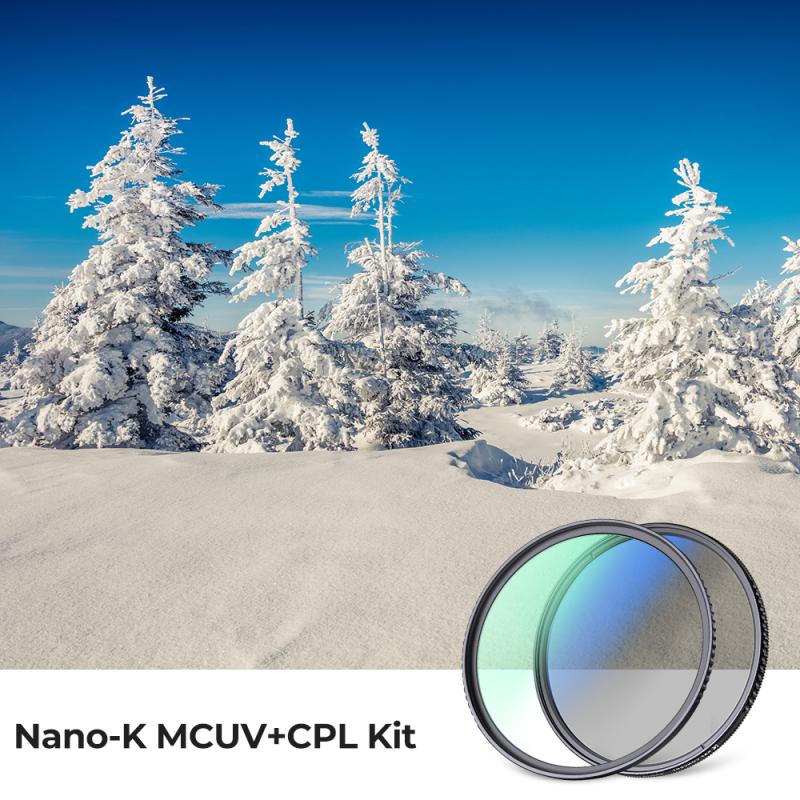
While protection filters offer several benefits, there are also some potential drawbacks to consider:
1. Image Quality: Some photographers argue that adding an extra layer of glass in front of the lens can degrade image quality. This can manifest as reduced sharpness, increased lens flare, or unwanted reflections. However, high-quality protection filters are designed to minimize these issues, and for most practical purposes, the impact on image quality is negligible.
2. Cost: High-quality protection filters can be expensive. While they are generally cheaper than repairing or replacing a damaged lens, the cost can add up, especially if you have multiple lenses.
3. Compatibility: Not all protection filters are compatible with every lens. Some wide-angle lenses, for example, may experience vignetting (darkening of the corners) when a filter is attached. It is essential to choose a filter that is compatible with your specific lens to avoid such issues.
Choosing the Right Protection Filter
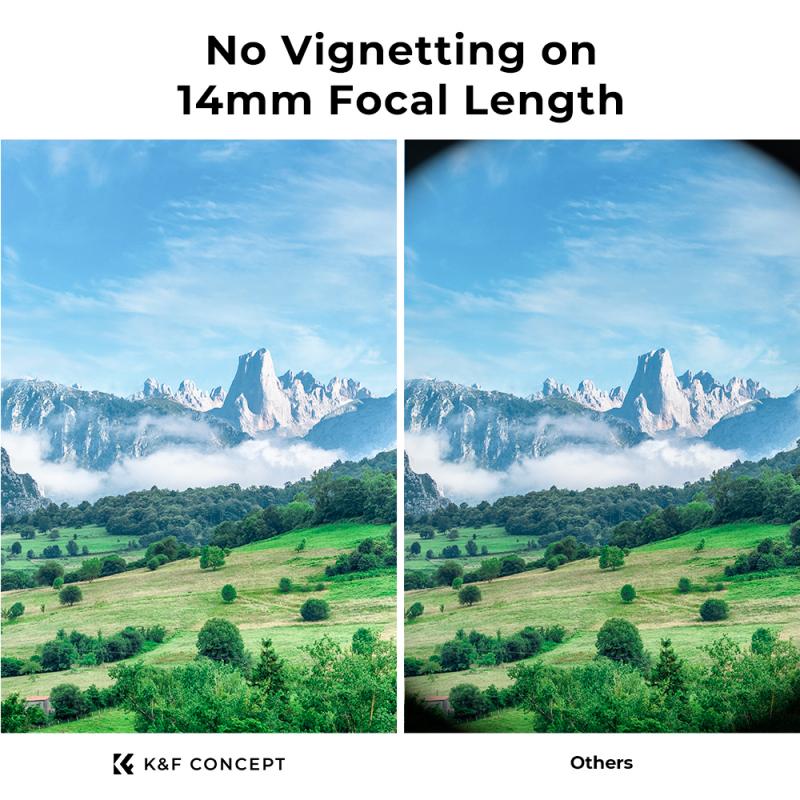
When selecting a protection filter, there are several factors to consider:
1. Quality: As with most photography equipment, you get what you pay for. High-quality filters are made from superior optical glass and have multi-coating to reduce reflections and improve light transmission. Investing in a good quality filter can ensure that your image quality remains uncompromised.
2. Size: Filters come in various sizes to match different lens diameters. It is crucial to choose a filter that fits your lens perfectly. Most lenses have the diameter marked on the front or side, usually indicated by a symbol that looks like a circle with a line through it (Ø).
3. Brand: While there are many brands available, sticking to reputable brands can provide peace of mind regarding the quality and performance of the filter. Brands like B+W, Hoya, and Tiffen are well-regarded in the photography community.
4. Type: Decide whether you need a UV filter or a clear filter. While both serve the primary purpose of protection, UV filters also block ultraviolet light, which can be beneficial in certain situations, such as high-altitude photography.
Practical Tips for Using Protection Filters
1. Regular Cleaning: Even though protection filters are easier to clean than lenses, it is still essential to clean them regularly. Use a soft, lint-free cloth and a gentle cleaning solution to remove any dust or smudges.
2. Check for Damage: Periodically inspect your protection filter for any signs of damage, such as scratches or cracks. If the filter is damaged, replace it immediately to ensure your lens remains protected.
3. Remove When Necessary: While protection filters are generally beneficial, there may be situations where you want to remove them. For example, if you are shooting in a controlled environment and want to ensure the highest possible image quality, you might choose to remove the filter.
4. Stacking Filters: Avoid stacking multiple filters on top of each other, as this can increase the risk of vignetting and reduce image quality. If you need to use other filters, such as polarizers or ND filters, consider removing the protection filter temporarily.
In conclusion, a protection filter is a valuable accessory for any photographer or videographer. It provides a layer of defense against physical damage, environmental factors, and makes cleaning easier. While there are some potential drawbacks, such as the cost and the possibility of minor image quality degradation, the benefits often outweigh these concerns. By choosing a high-quality filter and using it appropriately, you can ensure that your lenses remain in excellent condition, allowing you to capture stunning images without worry. Whether you are a professional photographer or an enthusiastic hobbyist, a protection filter is a worthwhile investment to safeguard your valuable equipment.








